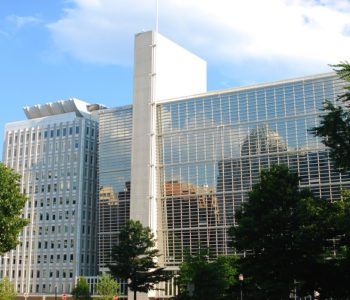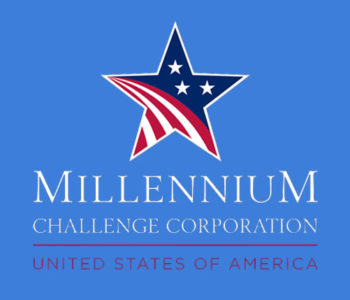Nepal Rastra Bank’s policy reforms propel stock market to new heights

KATHMANDU: The monetary policy introduced by the Nepal Rastra Bank for the current fiscal year 2081/82 has had a positive impact on Nepal’s capital market. On Sunday, the NEPSE index surged by 113.42 points, reaching 2681.56 points, with most bank shares hitting the upper circuit limit.
The first positive circuit breaker was triggered within just 1 minute and 31 seconds of trading, halting the market for 20 minutes. After reopening, the second circuit breaker was quickly triggered, leading to a 40-minute market halt. Upon resuming, the market continued to rise amid fluctuations.
Sunday’s market saw transactions worth Rs 15.81 billion, with significant gains in the banking sector, which increased by 9.89 percent. Among the 19 listed commercial banks, all except Standard Chartered Bank hit the circuit breaker, with Standard Chartered’s share price also rising by 8.3 percent.
Share prices surged for Nepal Investment Mega Bank, Nepal SBI Bank, Sanima Bank, NMB Bank, Prabhu Bank, Global IME Bank, Citizens Bank, Prime Commercial Bank, Agricultural Development Bank, Everest Bank, Laxmi Sunrise Bank, Kumari Bank, NIC Asia Bank, Nabil Bank, Himalayan Bank, Machhapuchhre Bank, Siddhartha Bank, and Nepal Bank Limited.
Kumari Bank Limited led in transaction volume and share quantity, with 17,006,582 shares traded worth Rs 360.1 million. Most banks saw their share prices increase by 10 percent following the first and second circuit breakers.
Investor enthusiasm has been high since the formation of the new government, leading to a consistent market uptrend. The monetary policy introduced last Friday further boosted the confidence of institutional investors, contributing to Sunday’s market surge.
The monetary policy has removed the existing maximum limit of Rs 200 million for loans provided by banks and financial institutions on margin-type share collateral for institutional investors, while the individual limit of Rs 150 million remains unchanged. Other provisions for banks and financial institutions in the policy are also expected to support the capital market.
The policy has adjusted the upper limit of the interest rate corridor to 6.5 percent from 7 percent and the policy rate to 5 percent from 5.5 percent. Additionally, the policy has eased capital management for banks and financial institutions, reducing the existing 1.20 percent loan loss provision on good loans to 1.10 percent. The regulatory retail portfolio (RRP) limit has been increased from Rs 20 million to Rs 25 million, among other measures.
The monetary policy aims to support achieving the government’s target of 6 percent economic growth for the current fiscal year by directing liquidity management and credit flow towards productive sectors. The Nepal Rastra Bank projects broad money growth at 12 percent and private sector credit growth at 12.5 percent for the fiscal year.
Analysts believe that the policy will further assist banks in expanding their business, contributing to the surge in bank share prices in the stock market. The recent growth in the banking sector is expected to strongly support the market’s upward trajectory.
NEPSE reached an all-time high of 3199 on Bhadra 2, 2078. It then declined to around 1800 points and fluctuated between 1800 and 2000 points for an extended period before the recent rise. Analysts attribute the current growth to a combination of investor sentiment and policy support, suggesting that the market may reach new heights.












Facebook Comment